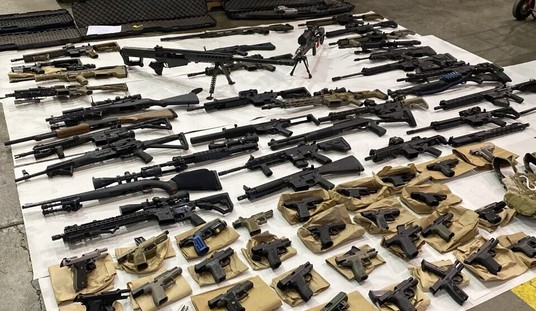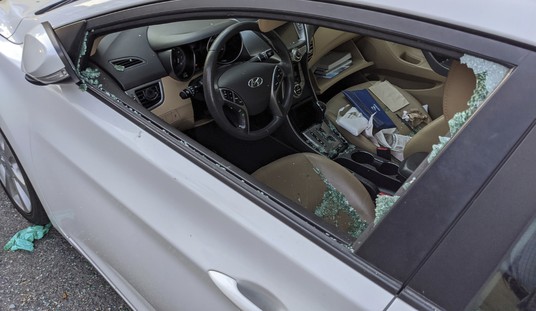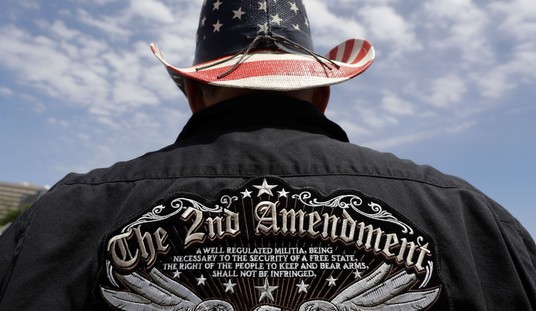Congress and the NRA are not taking the Obama Administration’s threats to the nation’s ammunition supply lying down, and are instead firing back to protect all rifle ammunition for ATF overreach and abuse.
Here’s the text of the press release, followed by some analysis.
Today, Chief Deputy Whip Patrick McHenry (R, NC-10) introduced H.R. XXXX, the Ammunition and Firearms Protection Act. H.R. XXXX would prevent the Bureau of Alcohol, Tobacco, Firearms, and Explosives (ATF) from classifying M855 ammunition as armor-piercing and from instituting any ban on the sale and manufacture of ammunition that is intended, marketed, and sold for rifle use.
“The proposed ban is but the latest step in President Obama’s assault on our Constitution and Bill of Rights,” McHenry said. “While I’m glad the ATF acknowledged the vast public and Congressional outcry against this plan,” McHenry continued, “they have still left open the possibility that it could be proposed again in the future and many Congressional Democrats have called for just that. The Ammunition and Firearms Protection Act would put an end to this attack on our Second Amendment by ensuring this popular ammunition used by countless law-abiding American sportsmen remains available and not subject to any future ATF bans.”
[Quote from NRA ED Chris Cox]
The M855 ammunition is also known as NATO SS109 ammunition and is commonly used by AR-15 owners for hunting and target-shooting. Last week, the ATF scrapped plans to ban this popular ammunition after public opposition. If passed, this legislation would prevent the ATF from proposing any future bans on ammunition used legally.
On February 13th of this year the ATF first proposed a ban on M855 ammunition as armor-piercing ammunition. On March 4th, House Judiciary Committee Chairman Bob Goodlatte (R, VA-06) sent a letter signed by McHenry and 238 House colleagues raising concerns about the Administration’s proposed ban. Following over 80,000 public comments, the ATF announced on March 10th they would rescind their proposed ban while leaving open the possibility of reconsidering the framework in the future.
You’ll note that the bill would affect “any ban on the sale and manufacture of ammunition that is intended, marketed, and sold for rifle use,” meaning it would not just protect against future attempts to ban M855, but would presumably roll back existing bans on other kinds of rifle ammunition.
This would ensure that any existing surplus of non-Russian 7N6 ammunition could be imported. It’s less clear if the dwindling surplus of Russian 7N6 would be affected, as the ban on Russian 7N6 was part of economic sanctions placed on Russia by the White House in response to Russia’s support of rebel forces in Ukraine.
The act would also presumably allow the re-importation of the Chinese M43 cartridge. The M43 is the original cartridge for the 7.62×39 AK series of rifles. Featuring a steel core, the M43 was a failure as a military bullet because it was incredible stable, and “ice-picked” through the bodies of enemy soldiers with relatively little damage, mimicking the wounding behavior of a low-powered, non-expanding handgun round. This is irrelevant to American shooters, who merely desire an inexpensive round to shoot at targets.
The bill would also presumably allow the sale and import of actual purpose-designed armor-piercing rifle ammunition. This will no doubt cause anti-gun liberals to breakout their hysterical “blood in the streets” chants again, but the simple fact of the matter is that all centerfire rifle ammunition is already capable of piercing soft body armor worn by police, and modern hard armor in Level III and Level IV defeats most AP rounds developed in the 1990s.
Put another way, allowing ammo erroneously classified as “armor-piercing” thanks to an anti-gun ATF and even real AP ammunition used by the military won’t change the risk profile to law enforcement officers or civilians, but may reduce the cost of training ammunition in several common rifle calibers.
That, folks, is what we call a “win-win” situation.








Join the conversation as a VIP Member